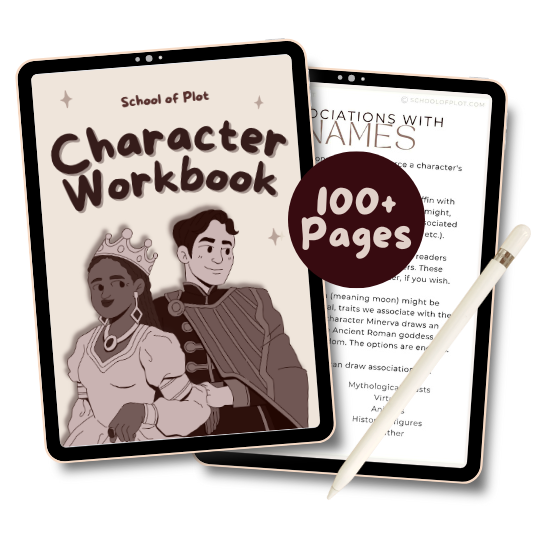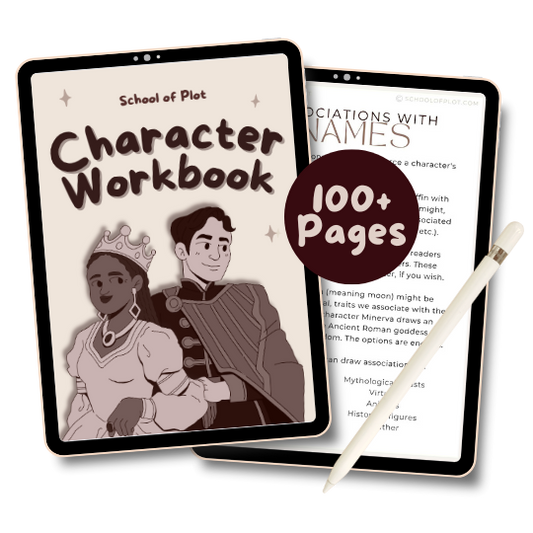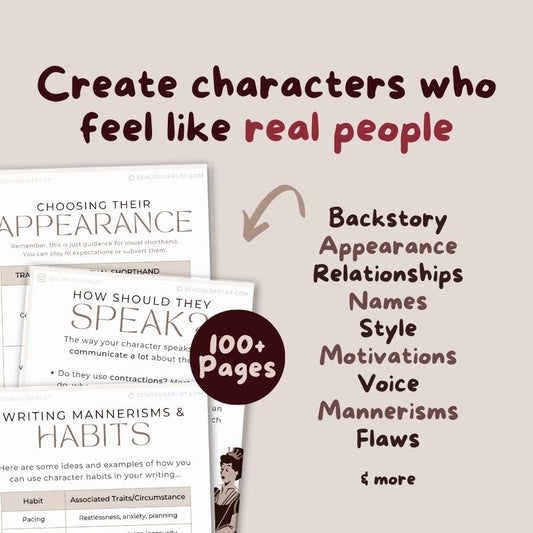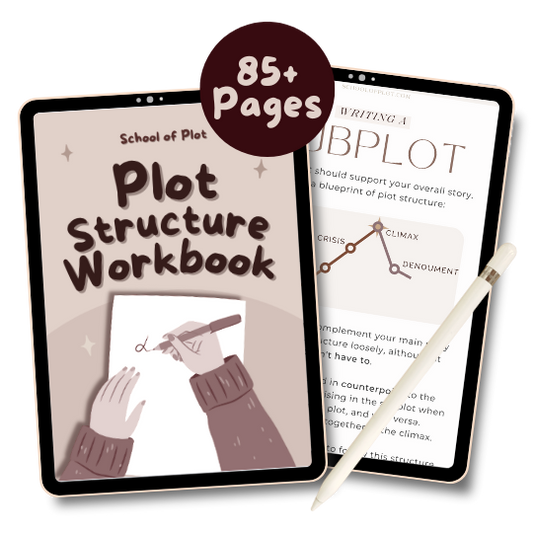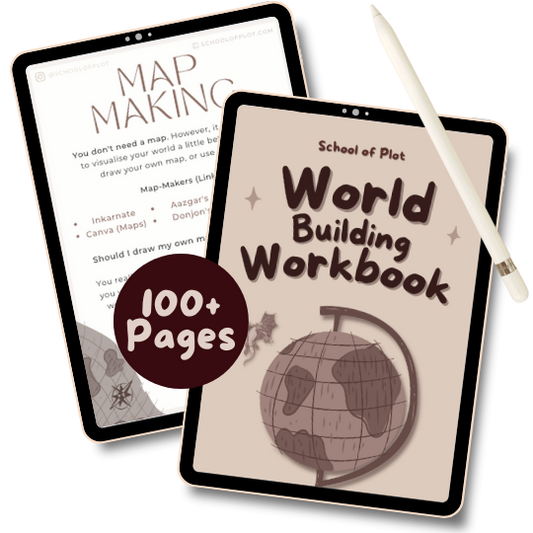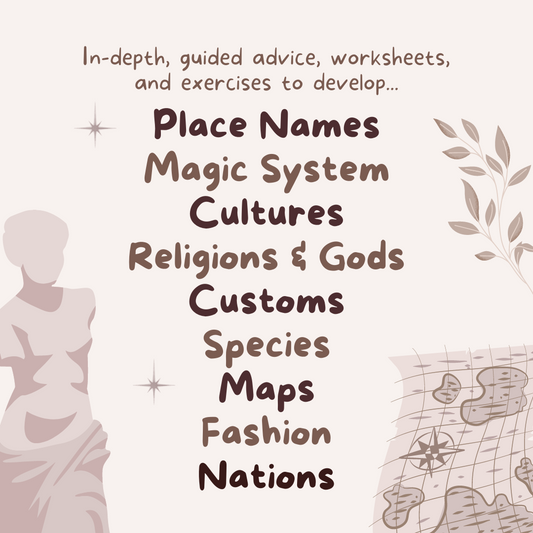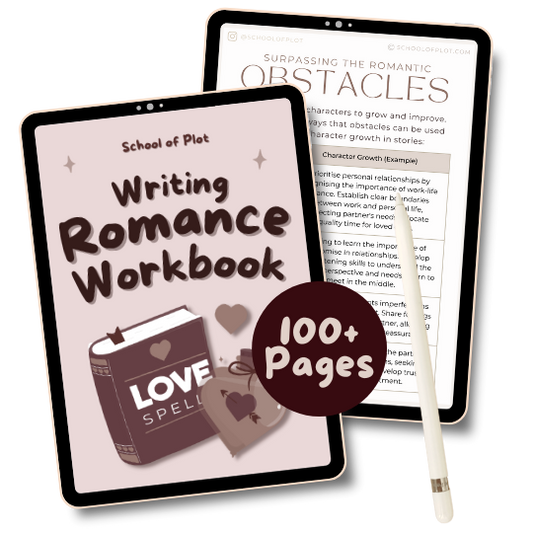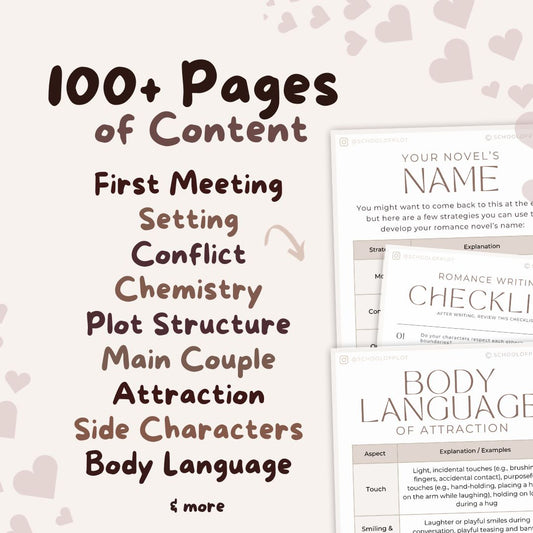Editing your own writing is like being your own dentist. It’s uncomfortable and occasionally painful but in this economy, it’s necessary*. You can also give yourself a sticker at the end.
This post, part of a series with Chill Subs. We take a piece of folkloric flash fiction I wrote (The Legacy of Moonwatching) and polish it up with the help of a very smart fiction editor. We'll start with some actionable advice, so stay tuned for the workshopped example.
*JUST KIDDING
Previous posts in this series:
Come Back with Fresh Eyes
Step away from your work for at least a few hours. Go for a walk, read the entire Discworld series in chronological order, do whatever you need to do to get some distance from your work.
Pretend you’re reading someone else’s writing. Would you be engaged? Would you be frustrated by the pacing? Are there moments where you might get confused or distracted?
Want to give your brain an extra reset? Change how you view your work:
- Print it out
- Email it to an e-reader
- Change the font and colour
- Read it out loud or use a text-to-speech reader online
There’s a trick I remember seeing back in the old tumblr days (👵) to change your manuscript to lime green Comic Sans when you’re editing. I’ve been a Comic Sans girl for years and I can recommend it highly. The British Dyslexia Organisation says Comic Sans makes “written communication easier on the eye for everyone” so I’ve got science on my side!
First, Focus on Structure
Before nitpicking sentences, step back. Does the big picture work?
Does your story start in the right place?
Many stories and poems start too early, with sentences, paragraphs or even pages of setup that could be cut. We can often do a little preamble where we ease into the text or announce our intentions. This is known as “throat clearing”.
Test your opening by skipping the first paragraph. Does it still work? Are you losing anything? Or does it feel like you’re starting at a more exciting point?
Does each scene carry its weight?
Or do you have some "filler"?
Is the ending earned?
Trace the climax back to its earliest seeds. If the big moment doesn’t feel inevitable, build stronger connective tissue.
Do you have “epilogue syndrome”?
You don’t always need to tie everything into a perfect bow. Ambiguity can be surprisingly satisfying.
The “Echo” Test for Endings
A great ending often “echoes” the beginning in some way. This definitely isn’t a rule but if you’re stuck on your ending, this can give it a bit more resonance.
Revisit your opening and find a thread (an image, phrase, or emotion) that can be mirrored, challenged, addressed or subverted in the final lines.
Does Your Story Say Something?
Every story explores some essential question. It could be an existential question like, What does it mean to belong? or a more situational one like, How far will someone go for redemption?
Once you identify your question, keep it visible. Scenes, character choices and dialogue should orbit this central theme, directly or indirectly.
This doesn’t mean you need to beat your readers over the head with it. You don’t need to deliver your essential question like a thesis statement. It should be a thread that weaves through character decisions, dialogue, and plot. Keep the question alive, and allow the reader to come to conclusions on their own.
If your story is about loneliness, for example, weave it into the setting (an empty diner, a desolate town) and character behavior (someone checking their phone compulsively or attending events just to feel seen). Let the reader feel loneliness through the details.
Scrutinise Your Sentences
Once you’ve sorted the big picture, it’s time to zoom in on the smaller details. Sentence-level editing is where you get to sharpen your writing to a fine point. Here are some things you can look out for when editing your own work…
Cut redundancy
If two sentences convey the same idea, choose the one that does it more effectively. Repetition is useful for emphasis but you want it to serve a purpose, not just take up space.
Choose active voice
“I slammed the door” (active) feels more immediate than “the door was slammed” (passive).
A common tip I see for identifying the passive voice is that if you can end the sentence with “by zombies”, it’s passive.
- Active: I bought the table.
- Passive: The table was bought…by zombies.
Unless passive voice is serving a specific purpose (like putting emphasis on the active party), swap it for active voice to make your writing feel more immediate and engaging. For example, “I bought the book” puts the emphasis on the book whereas “the book was bought by Sitara” puts the emphasis on me.
Favour precise words
Specificity makes your writing more vibrant. Instead of “He ran quickly,” try “He sprinted.” It’s punchier, and it gives your reader a clearer picture of the action. The same goes for nouns. “Building” is fine, but “crumbling church” packs far more punch.
This is, of course, a generalisation. Maybe the vague words build mystery or support your narrator’s voice.
Example: She was very tired after the long walk. → She was exhausted after the walk.
Use specific sensory details
Give us evidence. Instead of saying a forest is “beautiful,” show what makes it beautiful. Is it the golden light spilling through the trees or the tasteful gnome recreation of Saturn Devouring His Son? Specificity goes a long way in immersing readers.
Break up long sentences with intention
Long sentences can build momentum or lend a more ponderous pace, but if they drag, break them up. On the flip side, if a sentence feels too choppy, try combining it with a nearby sentence to give it more flow. Each sentence should carry its own weight.
Example: Example: The room was dark and it smelled like damp wood and mildew, which came from the wardrobe. → The room was dark. Damp wood and mildew filled the air, oozing from the wardrobe.
Weed out clichés
Writers often lean on familiar phrases out of habit. This is normal during your first draft but when you’re editing, you can trim these out. While they’re comforting to write, cliches are often stale to read. Replace them with fresh, specific language.
Here are some common examples:
- As still as a statue
- Like a deer caught in headlights
- Her blood ran cold
- The walls seemed to close in
- She felt a cold chill run down her spine
- They let out a breath they didn’t know they were holding
Read Submission Guidelines (Seriously)
Before you hit that “send” button, take a final glance at the submission guidelines of the literary journal you’re submitting to.
You don’t want to lose a great opportunity over something as easy to fix as adjusting your line spacing.
Common guidelines to check:
- Word count limits
- File format (usually .docx or .pdf).
- Formatting preferences (e.g., Times New Roman, double-spacing).
Edit With Me
This post is part of a 4-part series with Chill Subs where I take my story from its first draft, all the way through the submissions process.
I sent my work to a fiction editor, Shay from Vine and Parchment, and I categorised the critiques she sent me so that you can apply this critical eye to your own work.

You can read the full story here if you're interested.
Clarity and Precision
The majority of edits Shay made were related to clarity. Sometimes we, as writers, are too close to our work to see where things don’t make sense. It’s important to constantly step back and ask yourself: Would someone else, who’s not inside my head, easily follow this?

Flow
Rearranging words and sentences can significantly improve how a passage flows. Shay pointed out that some sentences needed a little shuffle to give them more punch. Keep an eye on how your paragraphs transition from one idea to the next, and aim for smooth, natural progression.
A great way to identify problems in flow is to read your work aloud. If you find yourself stumbling, chances are the sentence structure or word order isn’t quite clear.

Word Choice
Often, we pick words that feel right to us, but they may not evoke the specific image or emotion you intend for someone unfamiliar with your work.
Do the words in your sentences evoke the right mood? Do they carry other connotations?

Specificity
Shay highlighted a couple of moments where I was too vague in my word choice. Specificity is what makes your story feel real. It grounds your characters in a recognizable world and immerses your reader.
Instead of saying "a loud sound," try "the crash of glass shattering”. Instead of “the feeling”, try “the grief” or “the terror”.

Stay tuned for the next post where Shel from Chill Subs teaches you how to get your newly-polished stories into literary magazines. Sign up to get it straight to your inbox for free...
